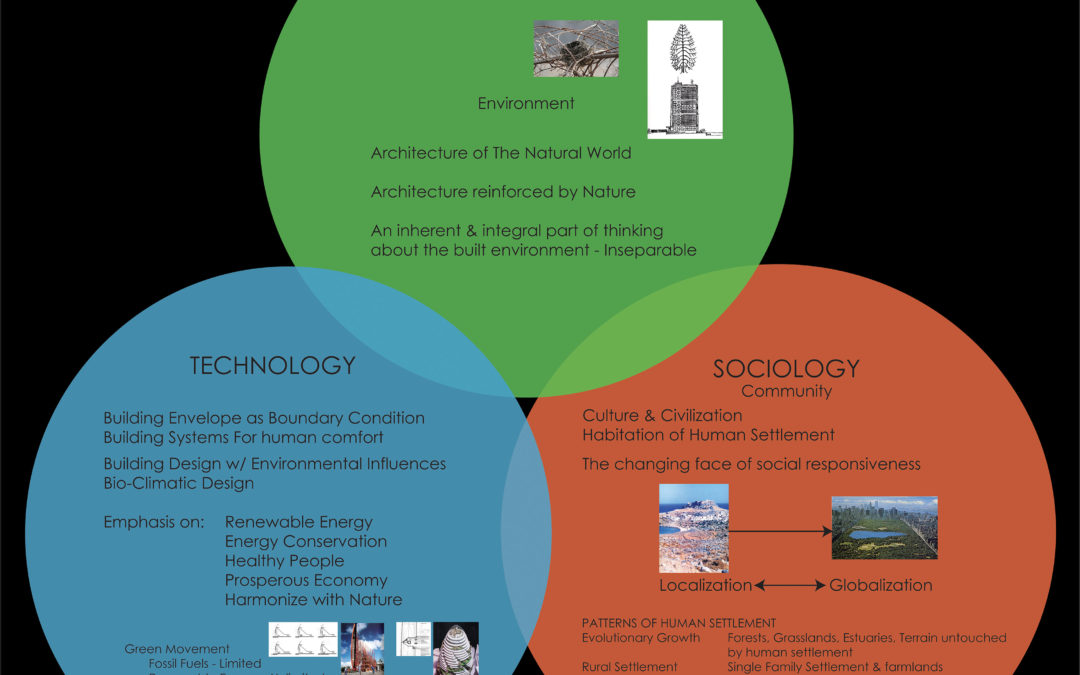
by Anthony Catsimatides | Apr 13, 2020 | Publishings
Although our current state of affairs requires terms such as sustainable, green and environmentally conscious design when it comes to just about everything from kitchen sinks to city planning, it’s really all about post industrial concerns that causes us to evoke a need for categorically establishing such overarching themes that address our own faulty behavior in product and consumer development. Architecture follows suite in establishing considerable new programs both on private and public levels to attempt to address and correct these faults of the human condition. I put this presentation together in 2007 while attending Syracuse University School of Architecture Master’s program. The presentation can be viewed here, “A Brief History of Sustainable Building Design“.
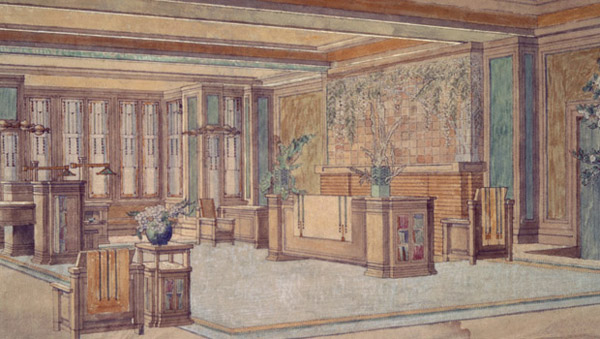
by Anthony Catsimatides | Apr 11, 2020 | Publishings
A presentation I put together and gave at Hartwick College in January of 2018 that coincided with an exhibition at their museum of several original FLW interior drawings. “Frank Lloyd Wright: Architecture of the Interior“
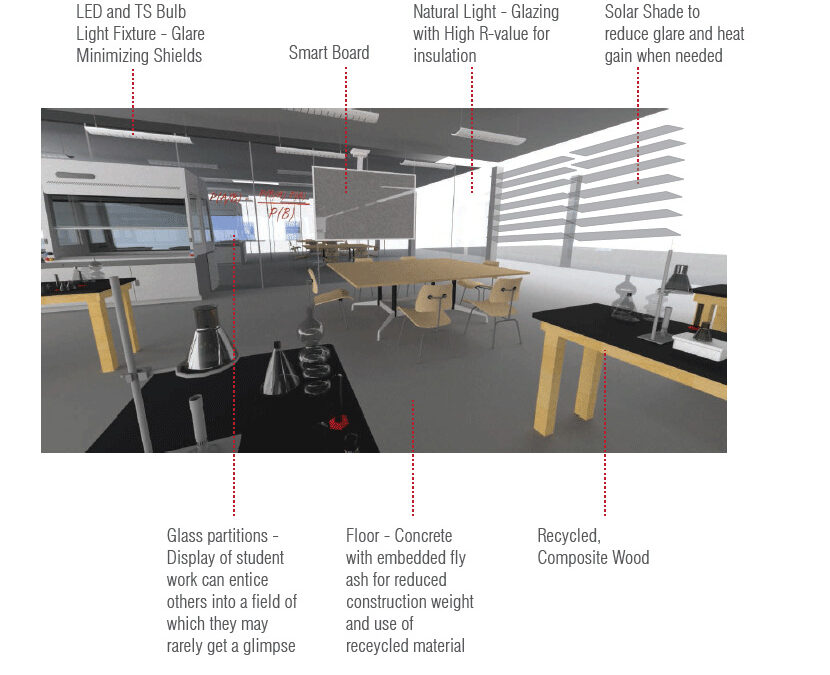
by Anthony Catsimatides | Apr 8, 2020 | Publishings
This study was conducted under a grant provided by the Syracuse Center of Excellence in 2014 and primarily researched and put together by a bright young Syracuse University Student by the name of Dominic Lipuma. The premise of this research work was to identify key features of a learning environment that could reflect key elements of the STEM environment that in themselves can serve to promote the benefits of STEM in environmentally sustainable applications.
The results of the study can be viewed by clicking on the following link: “Sustainable Measures in the STEM Learning Environment“.
The study established a baseline for the study of Higher Education Environments using “Green” technology and sustainable practices in support of STEM learning in order to increase student engagement and retention in STEM fields. It also established sustainable practices that are most appropriate and provide the greatest impact in terms of fostering student participation, interaction, and retention.
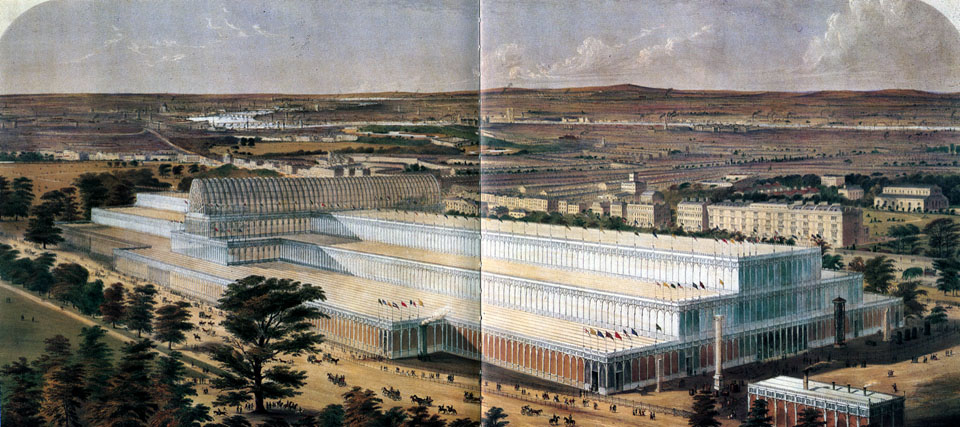
by Anthony Catsimatides | Apr 11, 2020 | Publishings
A short presentation I put together for a class in the history of glass and glazing as a primer to modern developments of glass used in architecture. A Brief History of Glass.
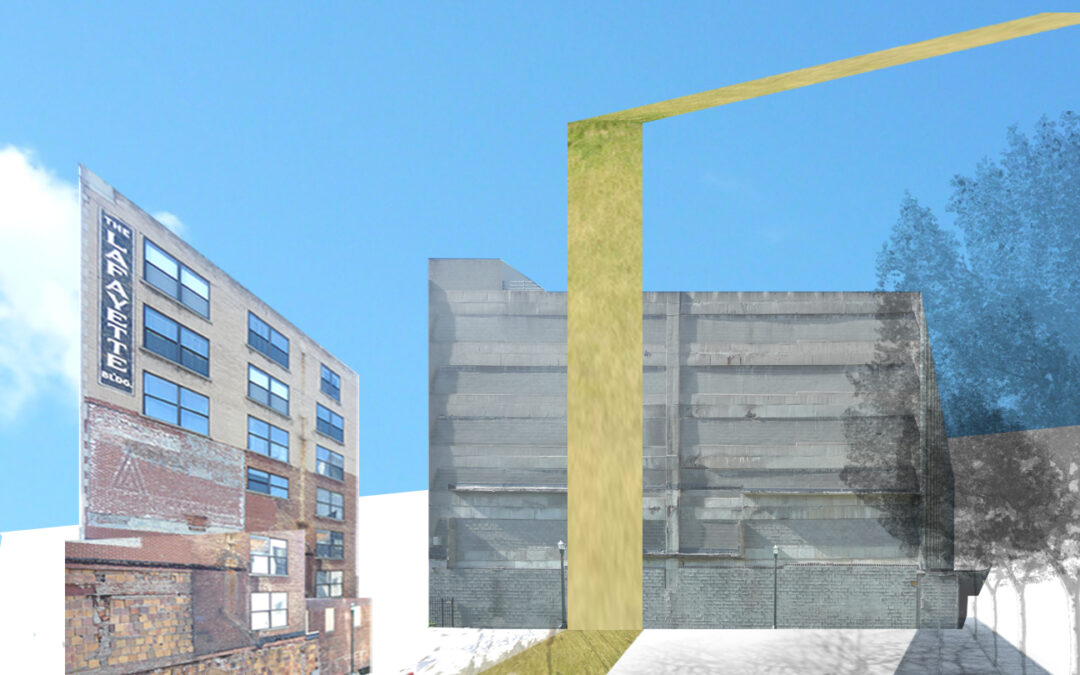
by Anthony Catsimatides | Apr 16, 2020 | Publishings
As part of our interest in re purposing structures that might have outlived their originally intended usefulness, this research project looked at upgrading an old parking garage to be able to serve multiple purposes, such as garden and garage or garden and retail potential given the nature of the relationship between the original structure and the neighborhood it is located in. The final project took the shape of a reshaping of the structure to enhance the environmental conditions of the immediate surroundings. The results showed that even a bare concrete structure has much potential when greening measures are incorporated into the overall strategy of an existing building. See the results of the research on “Living Wall” here.





